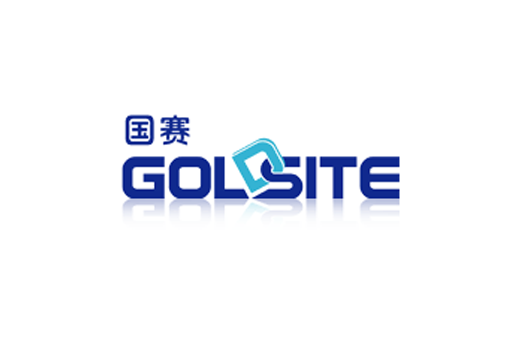Immunoglobulin A
IgA accounts for 13% of the plasma immunoglobulins and serves to protect the skin and mucosa against microorganisms. It is capable of binding toxins, and develops in combination with lysozyme antibacterial and antiviral activity. IgA is the predominant immunoglobulin in bodily secretions such as colostrum, saliva and sweat. Secretory IgA provides defense against local infections and is important in binding food antigens in the gut. Increased polyclonal IgA levels may occur in chronic liver diseases, chronic infections, autoimmune disorders (rheumatoid arthritis systemic lupus erythematosis), sarcoidosis and Wiscott-Aldrich syndrome. Monoclonal IgA increases in IgA myeloma. Decreased synthesis of IgA is observed in congenital and acquired immunodeficiency diseases such as Bruton type agammaglobulinemia. Reduced levels of IgA can be caused by protein-losing gastroenteropathies and loss through skin from burns.
Immunonephelometry is applied. This method involves measuring the light scattered by insoluble complexes formed by reaction between specific protein in samples and its respective antiserum, and the amount of scattered light is directly proportional to the concentration of the protein under condition that antiserum is in excess. Concentrations are automatically calculated by reference to a calibration curve stored in the instrument.
1. Bablok W et al. General Regression Procedure for Method Transformation. J Clin Chem Biochem 1988; 26:783-790
2. Deutsch E, Geyer G, Wenger R, Laboratoriumsmedizin. Normalbereich der Ergebnisse und Interpretation abnormer Befunde, 3rd ed. Basel/Munich: Karger 1992.

